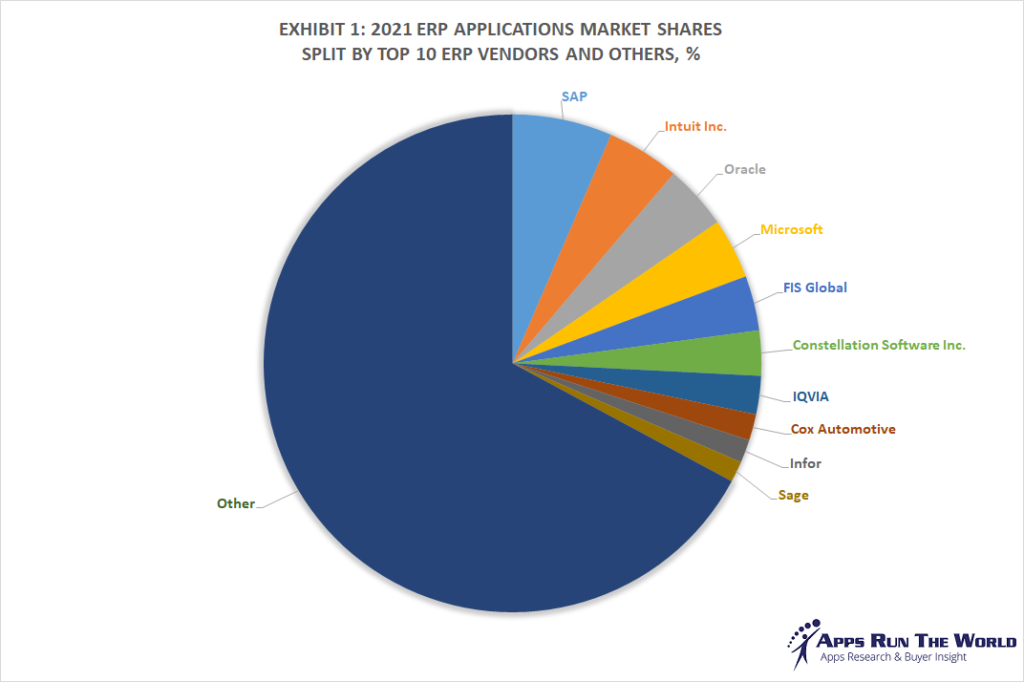ERP history goes back over 100 years. In 1913, engineer Ford Whitman Harris developed a paper-based production system for production scheduling, known as the economic order quantity (EOQ) model. For many years, EOQ was used as a production standard.
Tool maker Black and Decker breathed new life into the game in 1964 by becoming the first company to adopt a material requirements planning (MRP) solution that combined EOQ concepts with a mainframe computer.
MRP was used as the production standard until the production resource planning (MRP II) was developed in 1983. MRP II built the core software architecture on modules and integrated key production components including purchasing, bills of materials, programming and contract management. For the first time in history, different production tasks were integrated into a common system. MRP II also presented an attractive vision of how organizations can leverage software to share and integrate corporate data and increase operational efficiency through better production planning, reducing inventory and waste.
As computer technology evolved in the 1970s and 1980s, concepts like MRP II were developed to drive business activities beyond manufacturing, unified finance, customer relationship management, and human resources data. By 1990, technology analysts gave this new category of business management software a name: Enterprise resource planning.
WHAT IS ERP
When we look at the word meaning of ERP, it is the abbreviation of the words ‘Enterprise Resource Planning’ which means ‘Enterprise Resource Planning’.
When we say ERP system, it is a type of closed-source software that institutions use to manage risk management, project management, compliance with legislation, as well as their daily activities in the supply chain process. This software system prevents the organization from collecting many business processes in one hand and providing data flow within each other, preventing the repetition of data.
Today, most of the businesses use an ERP system to manage their resources correctly, and this software has become an indispensable need for businesses.
MARKET SIZE OF ERP SYSTEMS
ERP software system has become even more important in the last 25 30 years. The global ERP software system market size was announced as $50.57 billion in 2021. It is expected to reach approximately 120 billion dollars in 2030, with an annual growth of approximately 10% from 2022 to 2030.
ERP systems with the highest market share in 2022
When we analyze by market share, the five companies with the largest share are as follows:
- Microsoft
- SAP
- DELTEK
- SAGE
- ORACLE


WHAT IS SAP
SAP ( Systems Applications and Products ) is an enterprise resource planning (ERP) software widely used in medium and large enterprises. It is a type of software that contains many modules that deal with every aspect of business and project management.
With SAP S/4HANA, an innovative in-memory processing platform, it is a new solution suitable for the requirements of our age with an extremely fast and user-friendly interface in data processing.
SAP dominates 11.8% of the ERP market share according to data for 2022. They have been leaders in business applications since the first ERP system was introduced in 1972. Today the company has more than 425,000 customers in more than 180 countries and employs more than 100,000 people worldwide. They apparently offer dozens of ERP solutions for businesses of all sizes and all types of industries.
Top Features
•Accountin
• CRM
•Human Resources
•Stock control
• Material Requirements Planning (MRP)
•Buy
•Warehouse management
• Top Industries

What are SAP Modules
There is a modular structure in SAP and these modules allow us to control the events in the supply chain more easily.

We can summarize SAP main modules as follows:
SAP CO : Cost Accounting and Controlling,
SAP FI : Financial Accounting, TRM, FM Applications((Financial Accounting)
SAP SD – Sales & Distribution
SAP MM – Material Management
SAP QM – Quality Management
SAP PP – Production Planning
SAP PM – Plant Maintenance
SAP PS – Project Management (Project system)
SAP WM – Warehouse Management
SAP HR – Human Resources Management
SAP BW/BO – Business Intelligence Management (Business Intelligence)
SAP BPC Project Consulting (Business Planning Consolidation)
SAP CRM (Customer Relationship Management)
SAP IS-(Industry Solutions )
SAP ABAP (Sap’s Programming Language)
SAP BASIS (Sap Installation and System Management Transactions)
Source
Kaynakça
[2] https://softwareconnect.com/erp/erp-market/ 16.10.2022
[3] https://sapproje.com/sap-nedir-modulleri-nelerdir/ 16.10.2022
